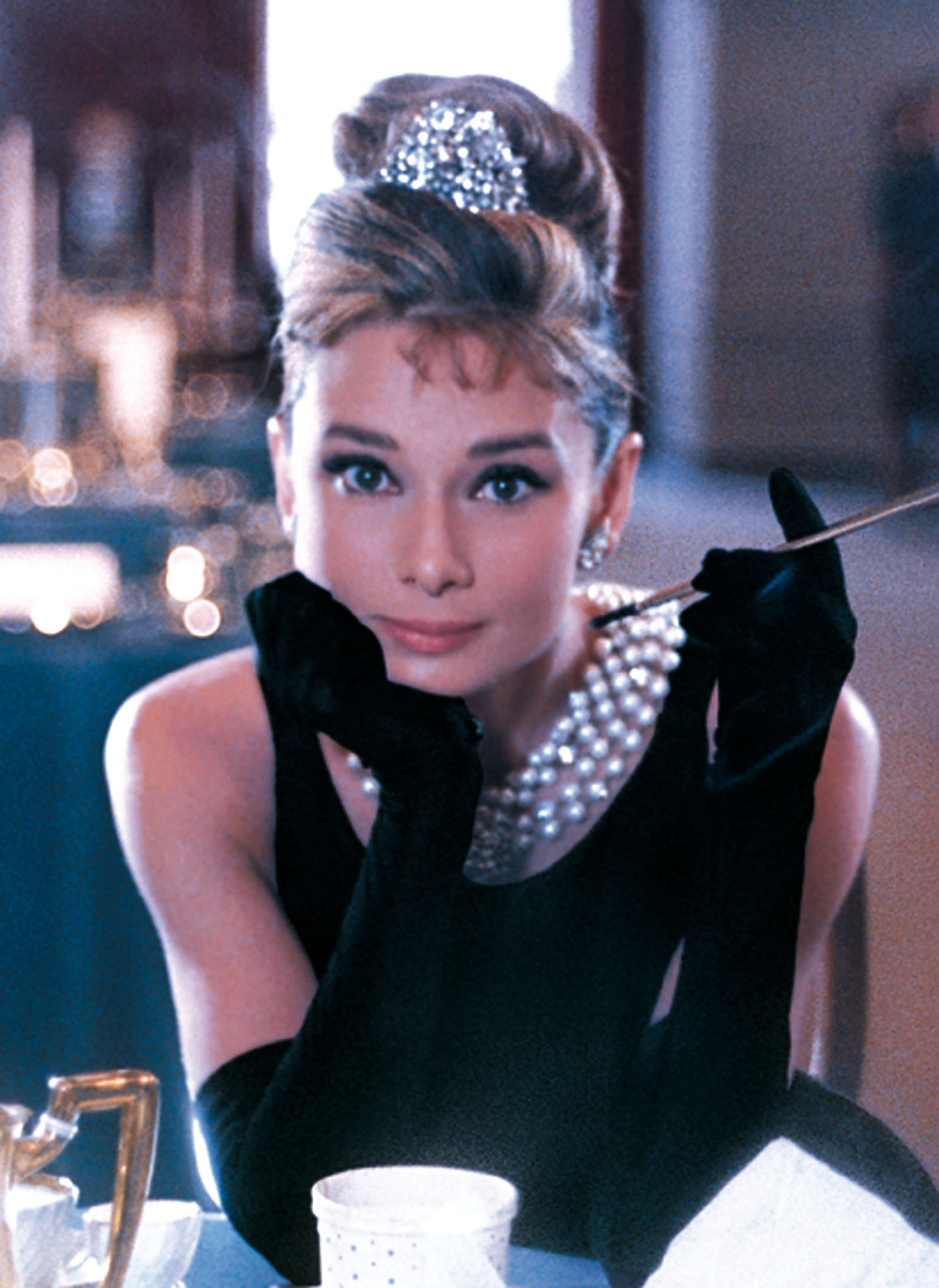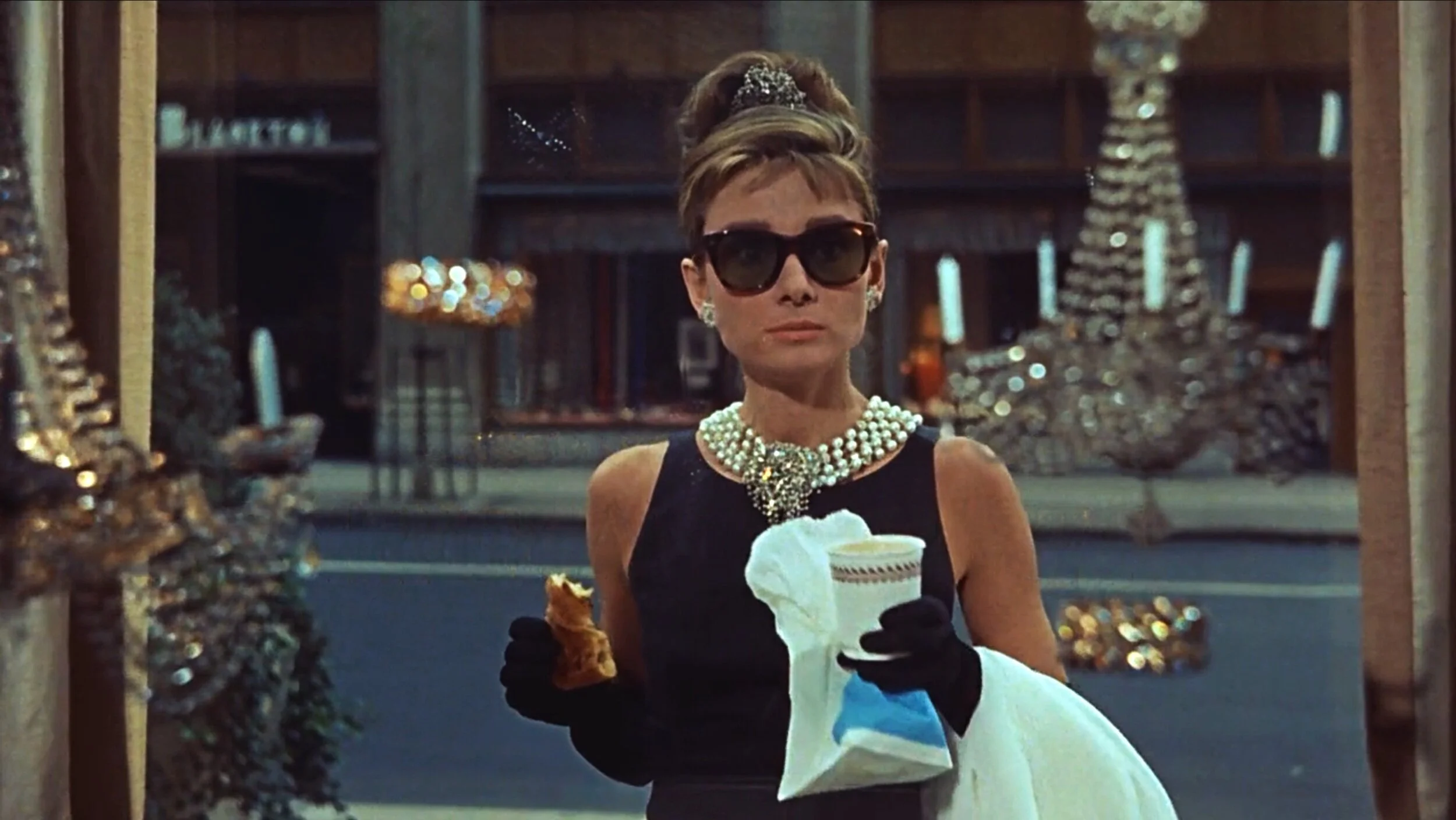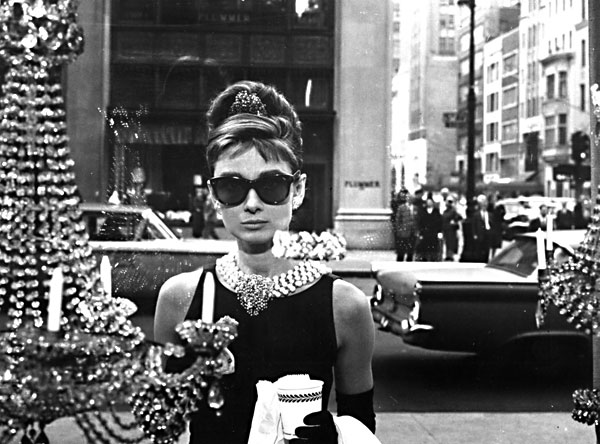Breakfast At Tiffany’s: Extra Than Simply A Fairly Image
Breakfast at Tiffany’s: Extra Than Only a Fairly Image
Associated Articles: Breakfast at Tiffany’s: Extra Than Only a Fairly Image
Introduction
With enthusiasm, let’s navigate by way of the intriguing subject associated to Breakfast at Tiffany’s: Extra Than Only a Fairly Image. Let’s weave fascinating info and supply recent views to the readers.
Desk of Content material
Breakfast at Tiffany’s: Extra Than Only a Fairly Image

Blake Edwards’ 1961 movie adaptation of Truman Capote’s novella, Breakfast at Tiffany’s, stays a cinematic icon. Greater than only a charming romantic comedy, the movie, starring Audrey Hepburn as Holly Golightly, affords a posh and multifaceted exploration of societal expectations, loneliness, and the seek for belonging in a quickly altering world. Whereas the movie deviates considerably from Capote’s supply materials, notably in its portrayal of Holly, it transcends its supply to turn out to be a timeless commentary on the human situation, wrapped within the alluring package deal of Sixties glamour.
The movie opens with the long-lasting picture: Holly Golightly, perched elegantly on the steps of Tiffany & Co., a logo of aspiration and unattainable luxurious. This preliminary scene instantly establishes Holly’s enigmatic nature. She’s a fascinating enigma, a social butterfly flitting from get together to get together, perpetually avoiding dedication and emotional vulnerability. Her carefree façade, epitomized by her playful demeanor and eccentric wardrobe, masks a deeper insecurity and a determined craving for connection. She constructs a rigorously curated persona, a defend in opposition to a previous she struggles to confront and a future she fears to embrace.
Audrey Hepburn’s portrayal of Holly is famous. Her efficiency is a masterclass in understated class and fascinating vulnerability. She embodies Holly’s contradictions flawlessly: the subtle socialite juxtaposed with the susceptible, lonely lady trying to find love and stability. Hepburn’s physicality – her lithe actions, her expressive eyes, and her completely poised demeanor – contribute considerably to Holly’s attract. She is not simply taking part in a personality; she’s embodying a temper, a spirit of the period, a logo of each aspirational glamour and underlying fragility.
The movie’s narrative unfolds by way of the eyes of Paul Varjak, a struggling author who turns into Holly’s neighbor and confidant. George Peppard’s portrayal of Paul supplies a grounding drive, a counterpoint to Holly’s flighty nature. He represents the steadiness and normalcy that Holly subconsciously craves however concurrently fears. Their relationship will not be a simple romance; it is a advanced dance of attraction, frustration, and mutual understanding. Paul observes Holly’s rigorously constructed world, steadily peeling again the layers of her fabricated persona to uncover the susceptible lady beneath.
The movie subtly critiques the superficiality of Sixties New York society. Holly’s world is populated by rich and influential figures, but real connection stays elusive. The events she attends are glittering spectacles, full of shallow conversations and fleeting relationships. This highlights the hollowness of a life pushed solely by materials pursuits and social climbing. Holly’s pursuit of wealth and standing will not be pushed by greed, however somewhat by a determined try and create a way of safety and belonging. She sees wealth as a type of safety, a defend in opposition to the uncertainties of life.
The movie’s exploration of loneliness is especially poignant. Holly’s fixed motion, her avoidance of intimacy, and her rigorously constructed persona are all manifestations of her deep-seated worry of abandonment. She is a girl operating from her previous, a previous that’s steadily revealed by way of flashbacks and refined hints. Her childhood trauma and the tough circumstances that formed her life contribute considerably to her emotional detachment. The movie poignantly portrays the loneliness that may exist even amidst a crowd, highlighting the human want for real connection and belonging.
Past the romantic narrative, Breakfast at Tiffany’s affords an enchanting glimpse into the social and cultural panorama of Sixties New York. The movie’s meticulous manufacturing design captures the period’s type and ambiance impeccably. The style, the units, and the general aesthetic contribute to the movie’s enduring enchantment. Holly’s wardrobe, notably the long-lasting little black gown, has turn out to be synonymous with traditional Hollywood type and continues to encourage style designers and stylists at this time.
The movie’s soundtrack, that includes Henry Mancini’s memorable rating, additional enhances its emotional resonance. The music completely enhances the movie’s temper, shifting seamlessly between moments of playful allure and poignant reflection. The enduring "Moon River" sequence, that includes Hepburn’s tender vocals, stays some of the memorable and emotionally resonant scenes in cinematic historical past. The track embodies Holly’s vulnerability and her craving for an easier, extra significant life.
Nevertheless, the movie’s adaptation of Capote’s novella has been topic to criticism. Capote’s Holly Golightly is a extra advanced and morally ambiguous character, possessing a sharper wit and a extra cynical outlook. The movie’s Holly is arguably extra romanticized and sanitized, softening a number of the harsher edges of the unique character. This alteration, whereas arguably making the movie extra commercially viable, additionally arguably loses a number of the novella’s satirical chew and social commentary.
Moreover, the movie’s portrayal of Holly’s relationship with race has been criticized as insensitive and problematic. The character of Jose, a younger black man who briefly options within the movie, is portrayed in a stereotypical method, perpetuating dangerous racial tropes. This side of the movie displays the problematic racial biases prevalent in Hollywood on the time and serves as a reminder of the evolving requirements of sensitivity and illustration in filmmaking.
Regardless of these criticisms, Breakfast at Tiffany’s stays a major cultural touchstone. Its enduring recognition stems from its fascinating characters, its timeless aesthetic, and its exploration of common themes of affection, loneliness, and the seek for belonging. The movie’s enduring legacy lies not solely in its iconic imagery and unforgettable soundtrack but additionally in its means to resonate with audiences throughout generations, prompting reflection on the complexities of human relationships and the pursuit of happiness in a world usually characterised by superficiality and uncertainty.
In conclusion, Breakfast at Tiffany’s is greater than only a romantic comedy; it is a nuanced exploration of human nature, wrapped within the alluring package deal of Sixties glamour. Whereas it deviates from its supply materials and accommodates components which might be problematic by at this time’s requirements, its enduring enchantment lies in its means to seize the essence of human longing and the timeless seek for connection and belonging. The movie’s legacy continues to encourage, problem, and captivate audiences, solidifying its place as a cinematic masterpiece that transcends its period. It stays a testomony to the ability of storytelling, the enduring attract of traditional Hollywood, and the enduring relevance of human feelings.





![�� [50+] Breakfast at Tiffany's Wallpapers WallpaperSafari](https://cdn.wallpapersafari.com/9/46/1nYRlJ.jpg)

Closure
Thus, we hope this text has offered invaluable insights into Breakfast at Tiffany’s: Extra Than Only a Fairly Image. We respect your consideration to our article. See you in our subsequent article!